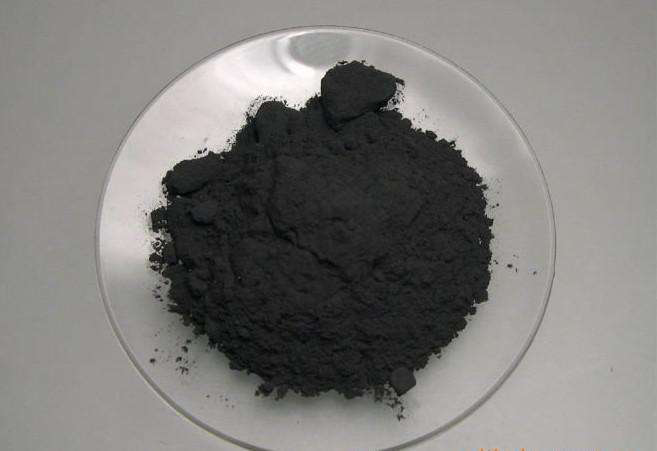When to Use Tungsten Powder?
Tungsten powders can be used to create strong and durable proprietary alloys and other finished products. It is well known that nowadays most industrial metals and alloys, such as steel, aluminum, and copper, are produced by melting and casting in a mold. Apart from that, powder metallurgy is also a popular method in metal machinery.

What is Tungsten Powder Metallurgy?
The three most important factors in the field of tungsten powder metallurgy are the tungsten metal powder itself as well as the compacting and sintering operations. We are able to control and optimize all these factors in-house. In contrast, tungsten powder metallurgy does away with the melting operation, and the products are manufactured by compacting metal tungsten powders which are then subjected to a heat treatment below the melting temperature of the material.
We use the best components—carefully selected tungsten powders made from pure sources of ammonium para tungstate and other intermediates, as well as quality metals. We mix tungsten powder with variations of nickel, copper, iron, and other metals to process a variety of alloys noted for their excellent performance.
The strongest alloys require the best tungsten powders, made from the purest APT. Stanford Advanced Materials (SAM) carefully selected the most qualified vendors to provide the materials we use to make our alloys. By choosing vendors who care about tungsten purity, and using the purest forms of intermediates, SAM ensures the quality and strength of our alloys and other finished products.

Why Do We Use Tungsten Powder Metallurgy?
Powder metallurgy allows us to produce materials with melting points of well over 2,000 °C. The procedure is particularly economical even when only small quantities are produced. In addition, by using tailor-made powder mixes, we can produce a range of extremely homogeneous materials endowed with specific properties.
There are very special properties of our materials - such as their excellent thermal stability, their hardness, or their flow characteristics - due to the use of the appropriate forming methods, for example, forging, rolling, or drawing.
What is The Process of Tungsten Powder Metallurgy?
The tungsten powder is mixed with the possible alloy elements and then filled into molds. The mixture is then compacted at pressures of up to 2,000 bars. The resulting pressed part is then sintered in special furnaces at temperatures of over 2,000 °C. During this process, the part acquires its density, and its microstructure forms. Only when all steps dovetail perfectly can we achieve our exacting quality demands and manufacture products of outstanding purity and quality.
Our commitment to using only the finest source of tungsten powders enables us to consistently produce high-quality alloys and proprietary finished products to better serve our customers.
Thanks for reading this passage. If you feel interested in tungsten powder, you can send us an inquiry or contact us via sales@SAMaterials.com. Free samples are available.









